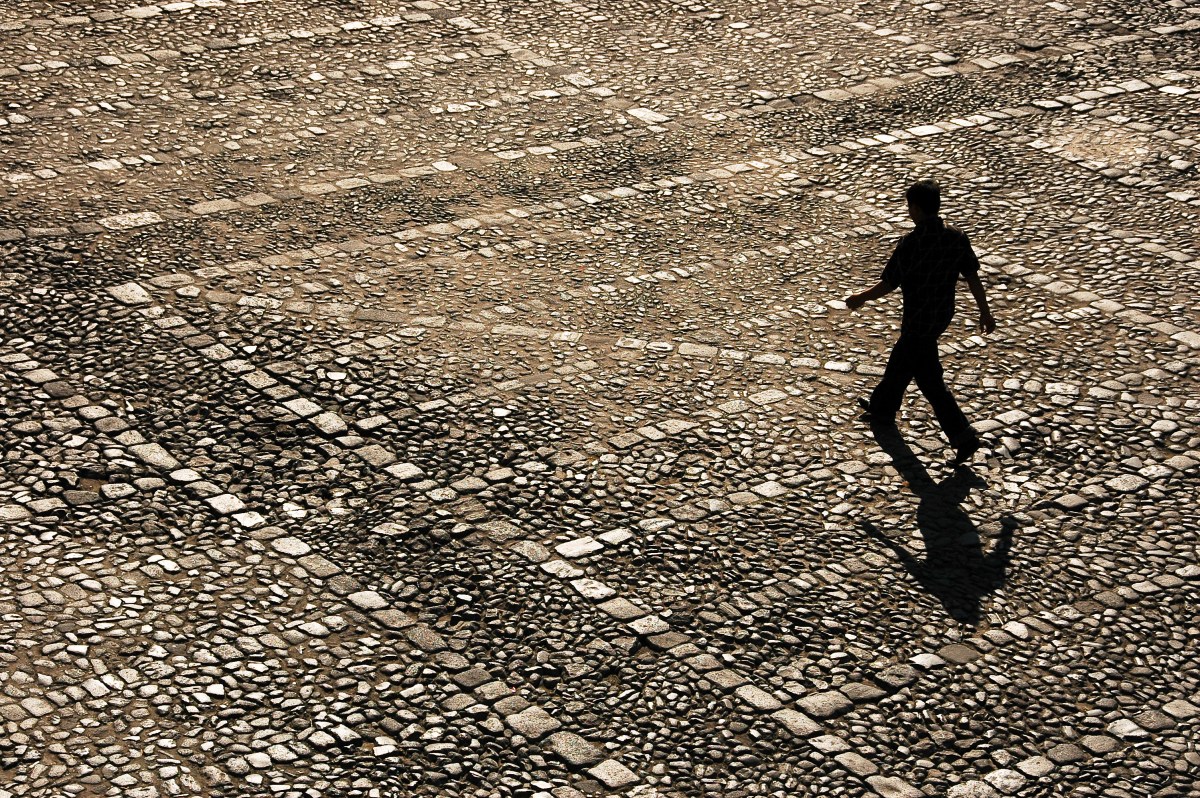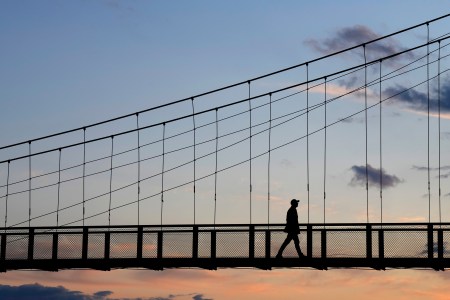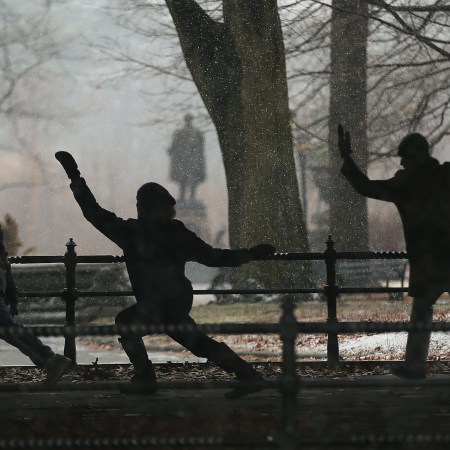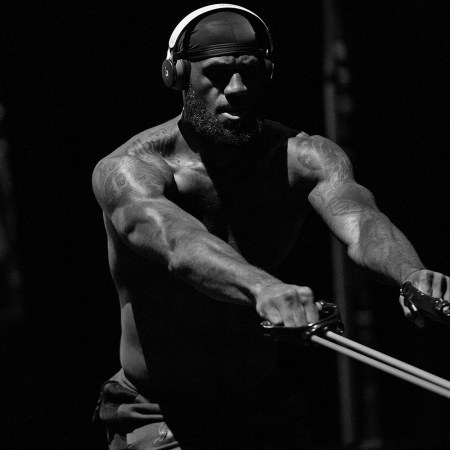A few years back, I was on a pillbox hike with a surf trainer on Hawaii’s North Shore, when I noticed his bizarre preference for stepping directly onto roots, instead of side-stepping them like the rest of us.
I asked him what was up. He laughed — he hadn’t realized he was doing it. He’d grown up nearby, and had done the hike hundreds of times. He guessed that he might have been making the trek a bit more difficult for himself on purpose…either out of boredom, or for the added physical challenge.
Either way, the man was in fantastic shape. From his shoulders down to his ankles, which didn’t give way once — no matter how gnarled or slippery the roots and rocks were that he subconsciously scrambled over.
Walking is getting all the respect it deserves these days, with study after study linking a daily habit to a lower risk of heart disease, mental fitness and longevity. There are ways to level up the routine, if you’re inclined, from walking faster to walking longer to “rucking” (walking with a pack on your back). All are great ideas.
You also might consider walking on uneven terrain. At first thought, it can seem silly and dangerous; a high ankle sprain waiting to happen. But in a world that’s more or less now flat concrete, textural variations like mulch paths, cobblestones and grassy hills all add some needed spice to a walking routine, improving your strength, balance and confidence along the way.
Let’s Start Using Strava for Long Walks, Too
A regular amble is the most important exercise you’ll do over the course of your lifeOregon’s “cobblestone study”
During a visit to China, scientists from the Oregon Research Institute observed adults who spent 30 minutes a day on paths of “river stones” in the gardens of large cities. The activity was intended to stimulate acupoints in the feet. Intrigued, the researchers staged a trial where 100-plus inactive adults engaged in a daily walking habit either on a “cobblestone mat” or on a conventional path.
The functional mobility of the former won the day: “Compared to conventional walking, the experience of walking on the river rock-like surface of these manufactured cobblestone mats improved participants’ balance, measures of mobility, as well as reducing their blood pressure. These issues are highly important for preventing and delaying the onset of frailty among older adults, as well as helping them maintain their current health status.”
In other words, actively engaging with unstable or unfamiliar surfaces increases our functional mobility. And that catalyzes a whole host of other beneficial developments — healthier heart, robust bones, more confidence when leaving the house. All are essential for healthy aging.
Killian Jornet’s indestructible ankles
Some might read this and think: Great. But I don’t trust my ankles. I’m not going rock scrambling. It’s a fair point — Oregon’s cobblestone study precludes people who have “severe foot or ankle problems.” If you have a history of injury (or at the least, mobility limitations on account of high/low arches and pronation/supination), you probably don’t want to start attacking state parks every Sunday morning.
But know that you absolutely can build up those fickle ankles with concerted, consistent effort. Check out this video of ultrarunner Killian Jornet training his ankles: he literally jumps on them, over and over again. He credits these “propio exercises” (short for proprioception, the body’s awareness in space) for his stable ligaments, and the near-inconceivable fact that he’s never twisted an ankle in his career. As a refresher, the man owns the fastest-ever ascent/descents of Matterhorn and Mont Blanc.
Getting off the beaten path
Don’t Jornet your ankles at home. You’ll end up in the emergency room. But trust that if you’re fortunate enough to start with some decent mobility down there, you actually can strengthen your ankles for life — and you’ll end up with more life as a result.
If your ankles have seen better days, meanwhile, talk to your podiatrist about footwear and orthotics. And consider making small adjustments, like:
- Rethinking your gait: you should be rolling your feet from the heel to the toes, with your feet under each hip
- Warming up your feet by taking your shoes off and activating acupoints — gently walk around/squatch/bend down on uneven surfaces
- Opt for a “lower-stakes” uneven surface, like a lawn in need of mowing. That way there’s a soft surface below if your balance feels uncertain.
- Get in the habit of putting your feet through mini workout sessions: rotate them around, five revolutions clockwise and five counterclockwise, then flex them up and down 10 times
- Source foot-oriented recovery tools like lacrosse balls, wooden rollers and even toe separators (all of which activate blood flow and offer some relief for soreness)
- We also recommend looking into the MOBO Board, a favorite of long-distance runners
If you’re still trying to jumpstart a walking habit, then prioritize that first. Start with some old-school pavement before you start white crane’ing loose bricks on the sidewalk. But once you feel comfortable out there — and perhaps even a little bored — it’s pretty refreshing to find yourself reaching for the most difficult next step. You’ll feel like a kid again. Which just might be the key to getting old.
Whether you’re looking to get into shape, or just get out of a funk, The Charge has got you covered. Sign up for our new wellness newsletter today.

























